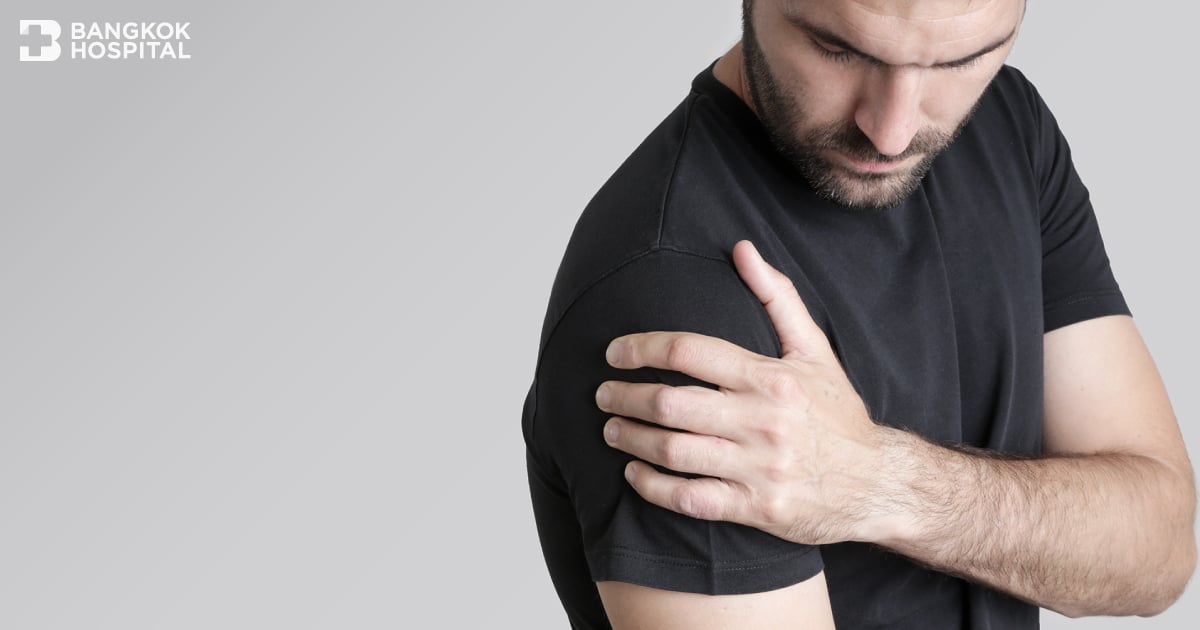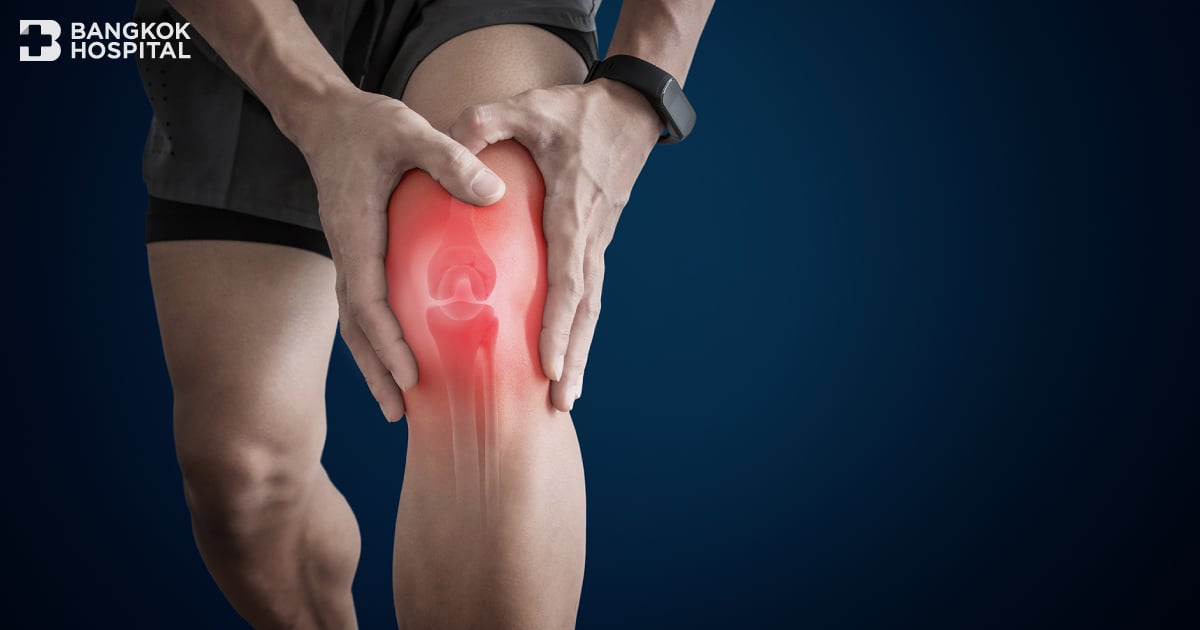The shoulder joint, formed by the head of the humerus and a shallow socket, constitutes a loosely fitting shoulder joint surrounded by tendons and muscles. This results in the shoulder being more prone to dislocation than other joints in the body. Shoulder pain can be temporary or chronic and varies according to different diseases.
Three common shoulder conditions that should be known for timely treatment include Rotator Cuff Tear, Frozen Shoulder, and Arthritis.
1) Rotator Cuff Tear
This is a common issue among working-age people and the elderly, presenting with pain and an inability to normally use the shoulder. The tear typically occurs at the site where the tendon attaches to the humerus and can involve a single tendon or multiple tendons.
The tear might begin from fraying on top of the tendon (due to friction with bony spurs on the acromion) or from degeneration. Symptoms include pain during rest, especially when lying on the affected side, pain when lifting or lowering the arm in certain positions, weakness when lifting or rotating the shoulder, and a scraping sound during some shoulder movements. Treatment depends on the location of the injury.
Current treatments include minimally invasive surgery to repair the torn tendon.
2) Frozen Shoulder
This condition is characterized by the restricted movement of the shoulder, often starting with an inability to lift, extend, or rotate the shoulder. Over time, the motion becomes increasingly restricted. Those with diabetes, hyperthyroidism, or heart disease are more likely to develop a frozen shoulder. Additionally, those who have previously injured their shoulder and temporarily ceased its motion may also be at risk. Without treatment, symptoms may worsen.
The cause of frozen shoulder is inflammation of the tissues surrounding the joint, leading to reduced flexibility and pain during the day and night for several weeks. Treatment aims to increase shoulder mobility and decrease pain, often through physical therapy, heat or cold packs, or ultrasound. If pain persists, injections into the joint or surgery to loosen the shoulder capsule may be necessary.
3) Arthritis
The two common types are:
1) Osteoarthritis
It occurs due to the gradual degeneration of cartilage, leading to bone grinding during movement and resulting in joint stiffness and pain, especially in cold weather.
2) Rheumatoid Arthritis
The exact cause is unknown, but it often results from an abnormal immune response that damages one’s own joints. It can occur at any age, with women being more likely to develop the condition. It’s a chronic disease with intermittent symptoms. People at risk generally include those overweight or even active athletes. Treatment includes medication, reducing activities that impact the joint, and exercise for improving joint flexibility, such as low to moderate intensity workouts like jogging or cycling.
If unusual symptoms or shoulder problems arise, it’s crucial to consult a specialist for diagnosis and appropriate treatment, as early repair of shoulder damage can help reduce severity and regain mobility.


















